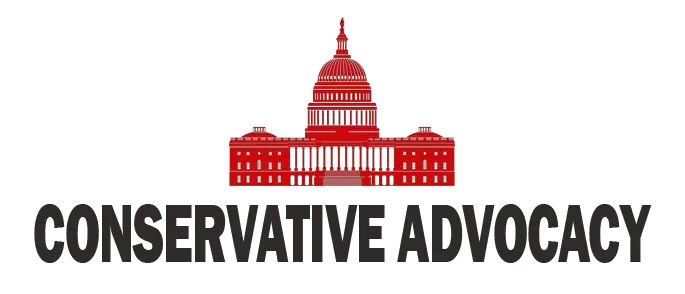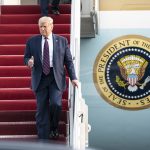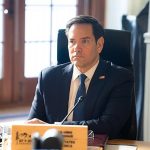President Trump has announced an audacious plan that would leave no room for Democrats in key decision-making bodies such as the Federal Election Commission and the National Labor Relations Board during his anticipated second term. In a move that sends shockwaves through the political establishment, the former president is prepared to break over a century of political tradition that insisted on bipartisan representation in supposedly independent commissions. While some may wring their hands over this “unprecedented” action, others may see it as a refreshing strip-down of political correctness in a system that has grown tired and unresponsive.
The former president has been making all the right moves, systematically ousting Democratic appointees from influential agencies. His administration has conveyed an unmistakably clear message: no Democrats need apply—thank you very much. “No” was the decisive word from press secretary Karoline Leavitt when questioned about potentially hiring any Democrats for his upcoming term. It seems Mr. Trump’s intention is to firmly and finally dismantle the machinery of leftist bureaucracy that has been plaguing the American political landscape.
No Democrats allowed: Trump takes over bipartisan commissions such as FTC, NLRBhttps://t.co/fYI8uw3FoJ pic.twitter.com/saJpa5vaBc
— The Washington Times (@WashTimes) March 31, 2025
In practicality, this move aligns seamlessly with Trump’s broader agenda to reshape the federal government to reflect the values and sensibilities of the American people who decisively chose him as their leader. He argues that he has both the right and responsibility to transition the executive branch in line with his priorities, particularly as he rolls back foreign aid and trim the federal workforce through buyouts and firings. The message is clear: the era of inept leadership and pandering to the whims of the Democratic machine is over.
Yet, a thorny issue lurks in the shadows of Trump’s aspirations—Congress. Various federal agencies were set up by legislative acts that included “partisan balancing requirements,” which encourage both Republicans and Democrats to play nicely together. For instance, the Federal Election Commission is expected to be divided equally between appointees from both parties. But who really has time for old rules and traditions when there’s an agenda to execute? Dependable conservatives might argue that the time has come to toss these outdated requirements overboard.
The recent wave of firings has not gone unnoticed by the legal arena, with mixed reactions from judges and legal scholars. Some have admonished Trump, labeling his actions as dictatorial power grabs. Other voices, particularly those aligned with more common-sense interpretations of the Constitution, hint that such constraints are ripe for challenge. In fact, Trump’s resistive stance regarding the old “for-cause” rules that limit presidential firings could lay the groundwork for a new precedent that liberates future Presidents from the shackles of a bipartisanship that may not even reflect the will of the voters anymore.
As this tangled web of legal challenges continues, it becomes clearer that as much as the left would like to paint Trump as a tyrant, there’s a strong case to be made for his right to reconfigure a government he perceives as already stacked against him. Although some may wring their hands about bipartisanship and independence, many Americans are beginning to look for a government that answers to their needs rather than a political deadlock that serves only to prolong gridlock. If nothing else, Trump’s determination to appoint only loyalists rather than adversaries could dramatically shift the gears of governance in favor of the conservative agenda—an outcome that many see as long overdue.




